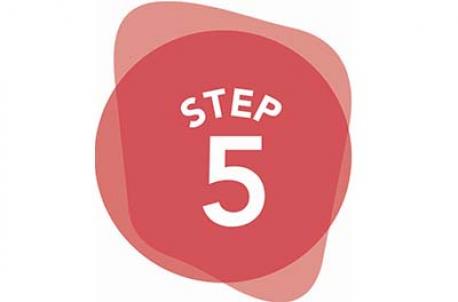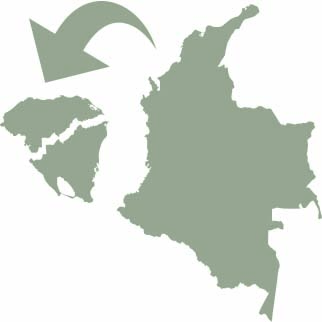
Now it is time to pull everything together. The approach and format you use for reporting results depends on the audience you are trying to reach as well as your goal(s).
First, identify the audience. Typical audiences include management, sponsors of the exchange, exchange participants, decision makers (e.g., parliamentarians, policy makers), civil society groups, and others interested in learning more about knowledge exchanges.
Next, define goals. What do you want to communicate to your target group(s)? For example, your aim might be to raise awareness of the outcomes achieved, influence behavior mid-level management, advocate for reform among policy makers, or inform sponsors about next steps. Your communication goals will shape what, how, and when you connect with each target audience.
Develop a plan. Results can be conveyed in many different ways. Again, the right plan depends on your audience and goals. Determine what each audience would need to know to meet the goal(s) for that group, and how often they should be updated. Then decide on the minimal information needed to meet those requirements. To raise awareness of civil society groups, for example, you might decide to share results on a few key progress indicators three months after the exchange; whereas to influence the behavior of policy makers you may choose to report on the whole exchange (including the participants, instruments, results, lessons learned, etc.) at both six months
and one year after the exchange.
Pick a reporting format. For your audiences, determine what reporting format(s) will most effectively achieve your goals. (See Table 10.)
Lastly, disseminate the results. You now have all the pieces for reporting on the results of your knowledge exchange. In most situations, however, sharing (or disseminating) the results requires more than just announcing that the results are available. You will often have to promote your results to garner people’s attention. You may, for example, want to present the results at professional conferences or as brown-bag lunch events for colleagues. E-mailing influential stakeholders (such as bloggers, funding agencies, or leading academics) can also help spread word about the information available.
Sharing your own experiences will give you insights for your next knowledge exchange journey, as well as add to the collective understanding of what works and what doesn’t in knowledge exchange. Share your results, for example, in a brief video or a blog post. You can post them at (a) the South-South Opportunity (www.southsouth.info), (b) the Knowledge Management for Development community (www.km4dev.org), (c) the Knowledge Hubs Community of Practice (www.knowledgehubs.org), email them to your colleagues and also share your results with the team that prepared this guide at southsouth@worldbank.org.

Tanzania and India Exchange — Reporting Results
The World Bank helped produce a booklet and two videos in English and Swahili summarizing key highlights and lessons learned from the exchange. These materials were distributed to farmers, dairy producers and other stakeholders in Tanzania. The team also prepared a brief results story to disseminate more widely to different stakeholder groups- including management and sponsors of the exchange

Honduras, Nicaragua, and Colombia Exchange — Reporting Results
The results from each stage of the exchange were captured in a “systematization” document developed by an anthropologist who specialized in the history of the Miskitos. The document captured, and then summarized, the results of the exchanges and the lessons learned throughout the journey. This document was shared with the key stakeholders involved in the exchange. The team also prepared a brief results story to disseminate to a wider stakeholder group - including management and sponsors of the exchange.

When it comes to communicating results to most audiences, less is more.
Sample Formats for Reporting Results
| Type | Use when you want to... |
| Summary Report | convey key results to audiences who only require limited information and have limited time |
| Final Report | inform audiences who want to understand the exchange process and get detailed results (for example, others that might undertake similar exchanges, funding organizations, academics) |
| Results Story | communicate to a broad audience, including those less familiar with the topic area |
| Other short written formats such as: synopses memos press releases | convey key information on the exchange process and results to audiences who only require an overview, especially useful when reporting on results during implementation |
| Presentation, briefing, or webinar | have two-way communications with audiences who require brief summaries of results and are oriented toward decisive action (e.g., executives, management staff), or when you want to customize information for several different audiences |
| Periodic informal meetings, Facebook page update, or blog postings | update those involved with the exchange, especially stakeholders such as internal audiences or partners, to build rapport around the goal and foster on-going relationships |
| Internet-based resources: Web page e-mail blog Facebook page | communicate to the general public and other audiences quickly and at relatively low cost. Can allow audiences to customize content, so they get only the results they want. This method should generally be used in combination with others to accommodate audience biases due to differing patterns of technology use. |

 China
China Colombia
Colombia Denmark
Denmark India
India Indonesia
Indonesia Mexico
Mexico Russian Federation
Russian Federation Spain
Spain United Kingdom
United Kingdom